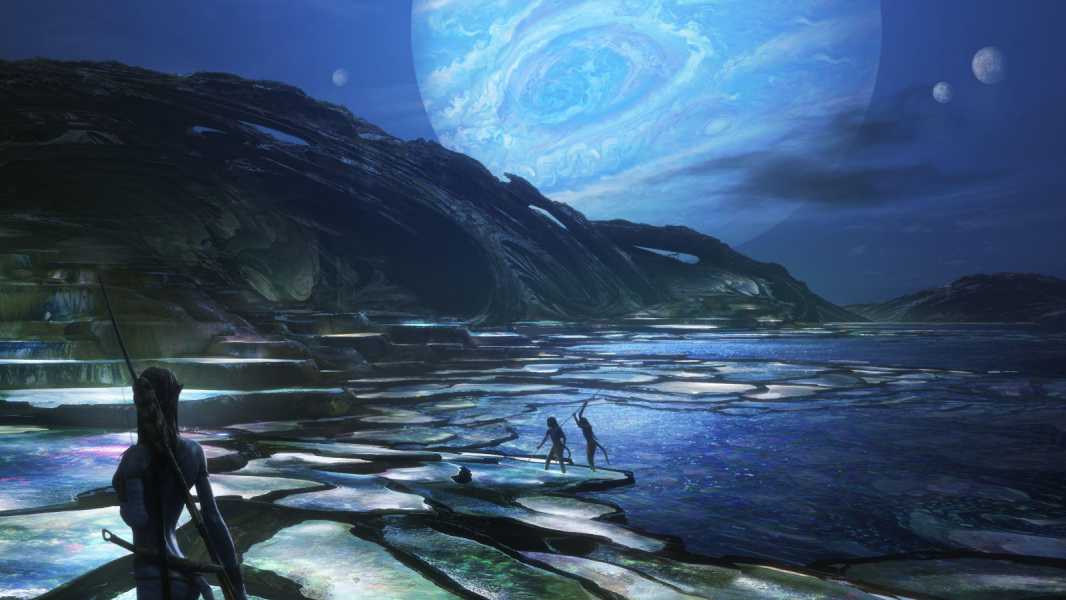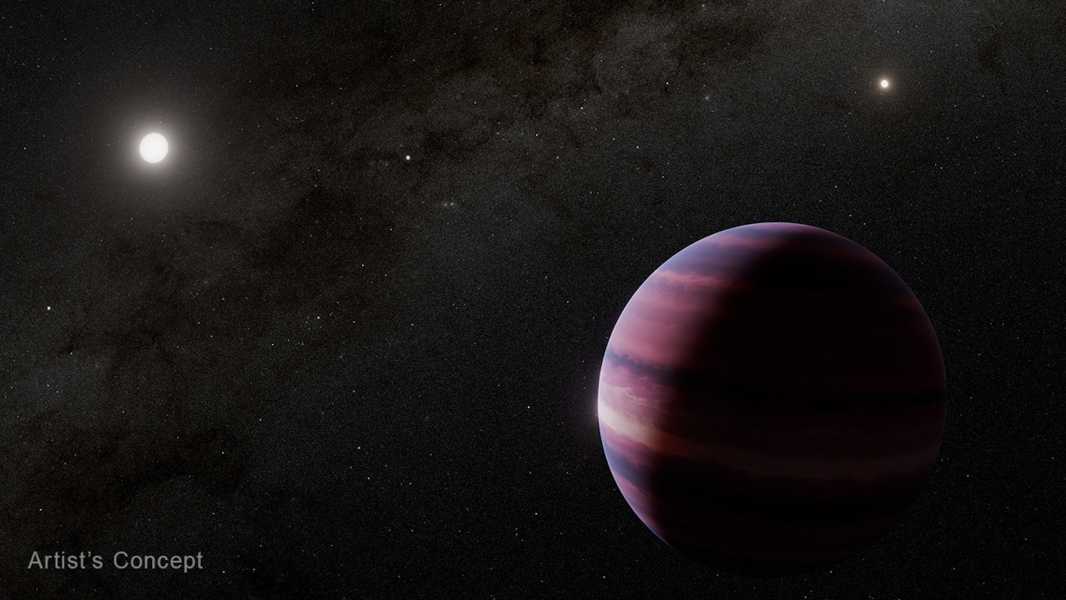
Scientists have suggested that a newly discovered possible gas giant orbiting Alpha Centauri A could have a habitable moon similar to Pandora from the Avatar films. (Photo: Photo 12, Alamy)
A potential gas giant just found orbiting in the habitable zone of one of the closest stars to Earth could have a moon capable of supporting life – just like the alien world of Pandora from the Avatar movies, researchers believe.
However, there is currently no evidence that such a satellite exists or that it could harbor life. Moreover, scientists are still unsure whether the planet it is located on is what they suspect it to be.
A study published August 11 in The Astrophysical Journal Letters reported the potential discovery of a Saturn-sized gas giant, dubbed S1, orbiting Alpha Centauri A, one of three stars in the Alpha Centauri system, located about 4.25 light-years from our solar system.
The potential exoplanet, likely orbiting its star at a distance twice that of the Earth and the Sun, was initially identified by the James Webb Space Telescope (JWST) in August 2024. However, the powerful telescope failed to rediscover the planet when it was due to become visible in February and April this year, leading to its nickname of “vanishing planet.”
The researchers suggest that S1 may have moved in front of Alpha Centauri A, making it much harder for the JWST to detect. According to their calculations, it should become visible again in 2026 and 2027, meaning it will take a few more years to confirm its existence.
But if the information is ultimately confirmed, “it would be the most significant discovery of JWST to date,” study co-author Stanimir Mechev, an exoplanet researcher at Western University in Ontario, told Live Science.

An artist's rendering of what a potential Saturn-sized gas giant, S1, might look like orbiting Alpha Centa.
Sourse: www.livescience.com





